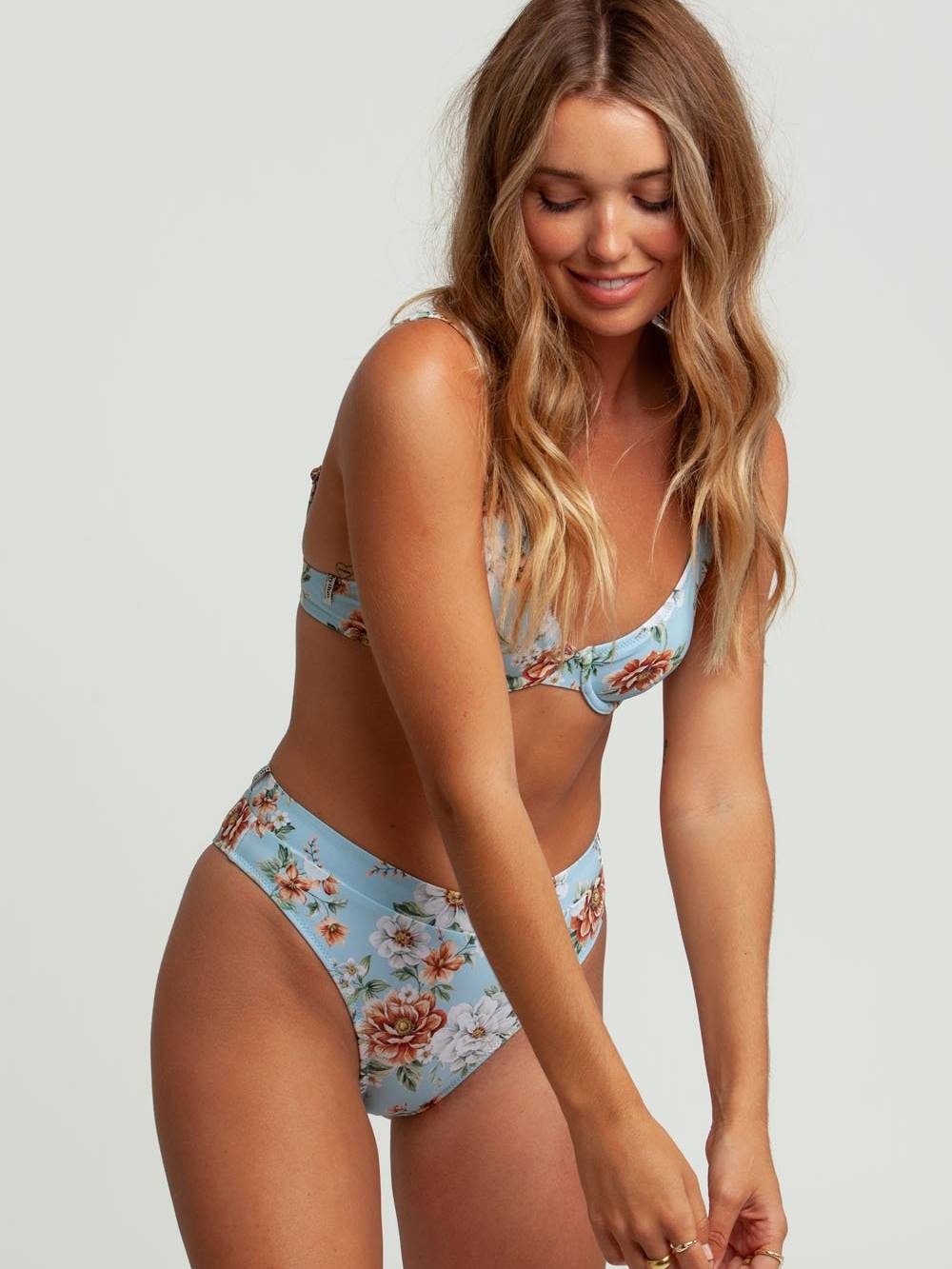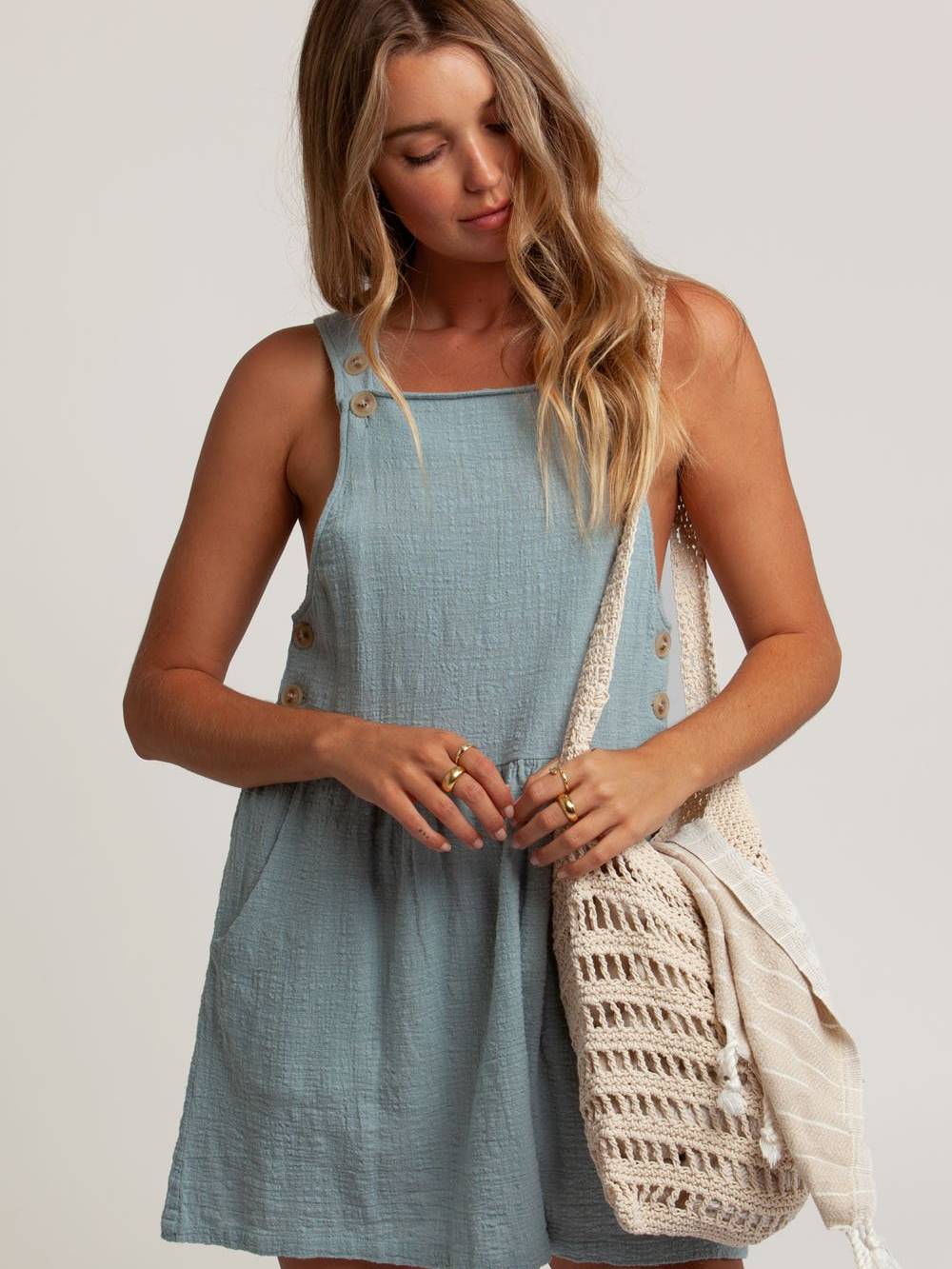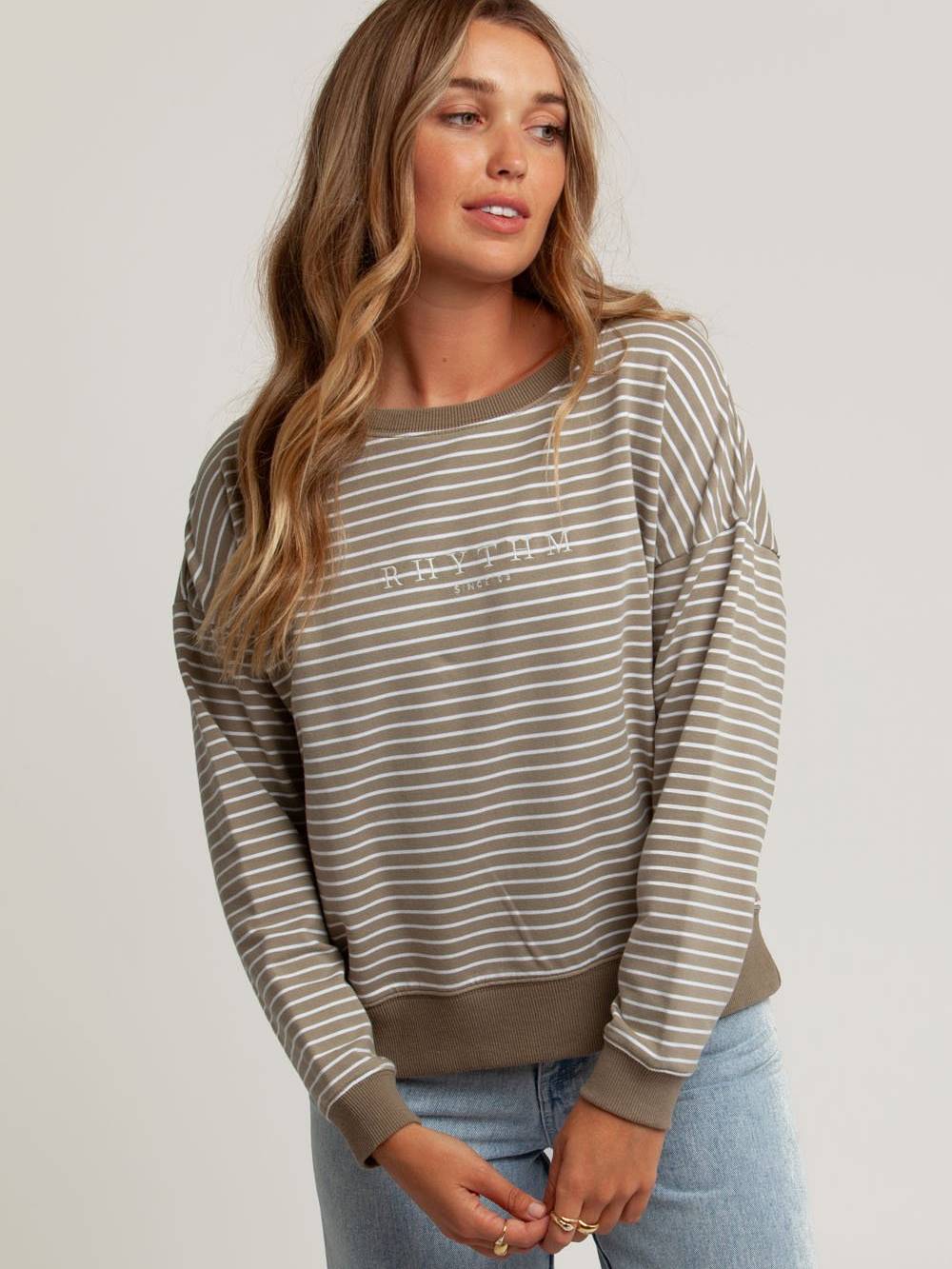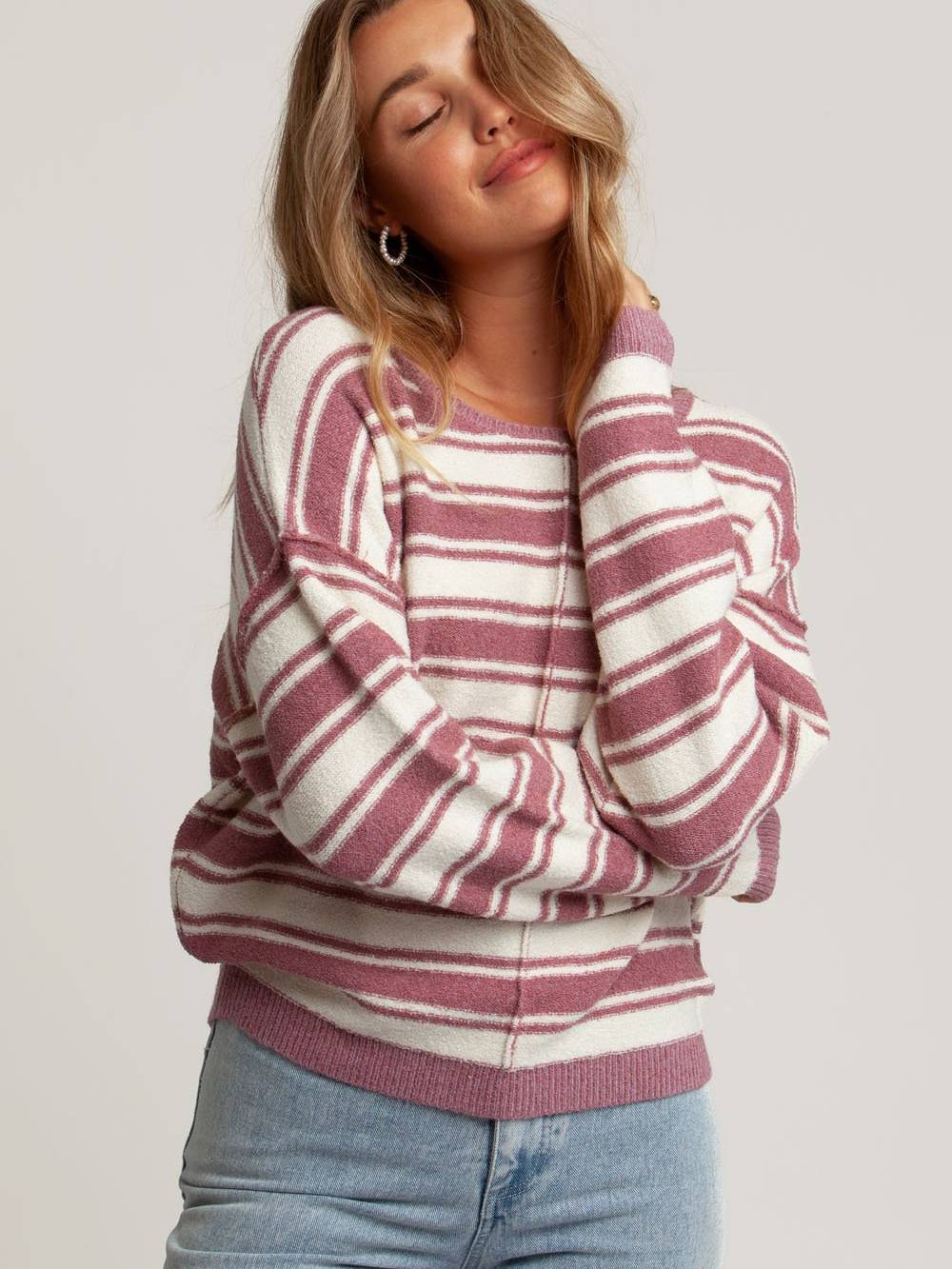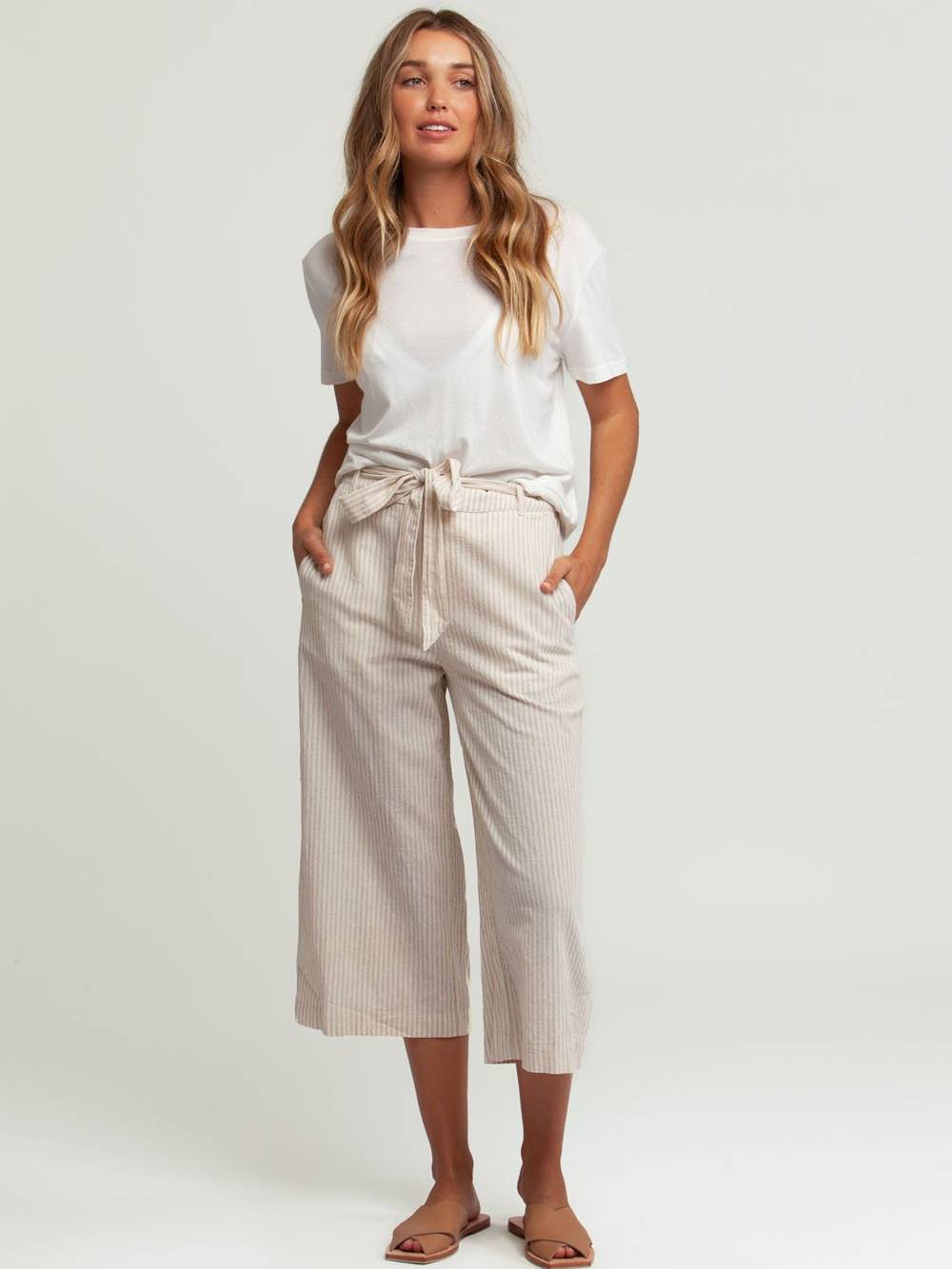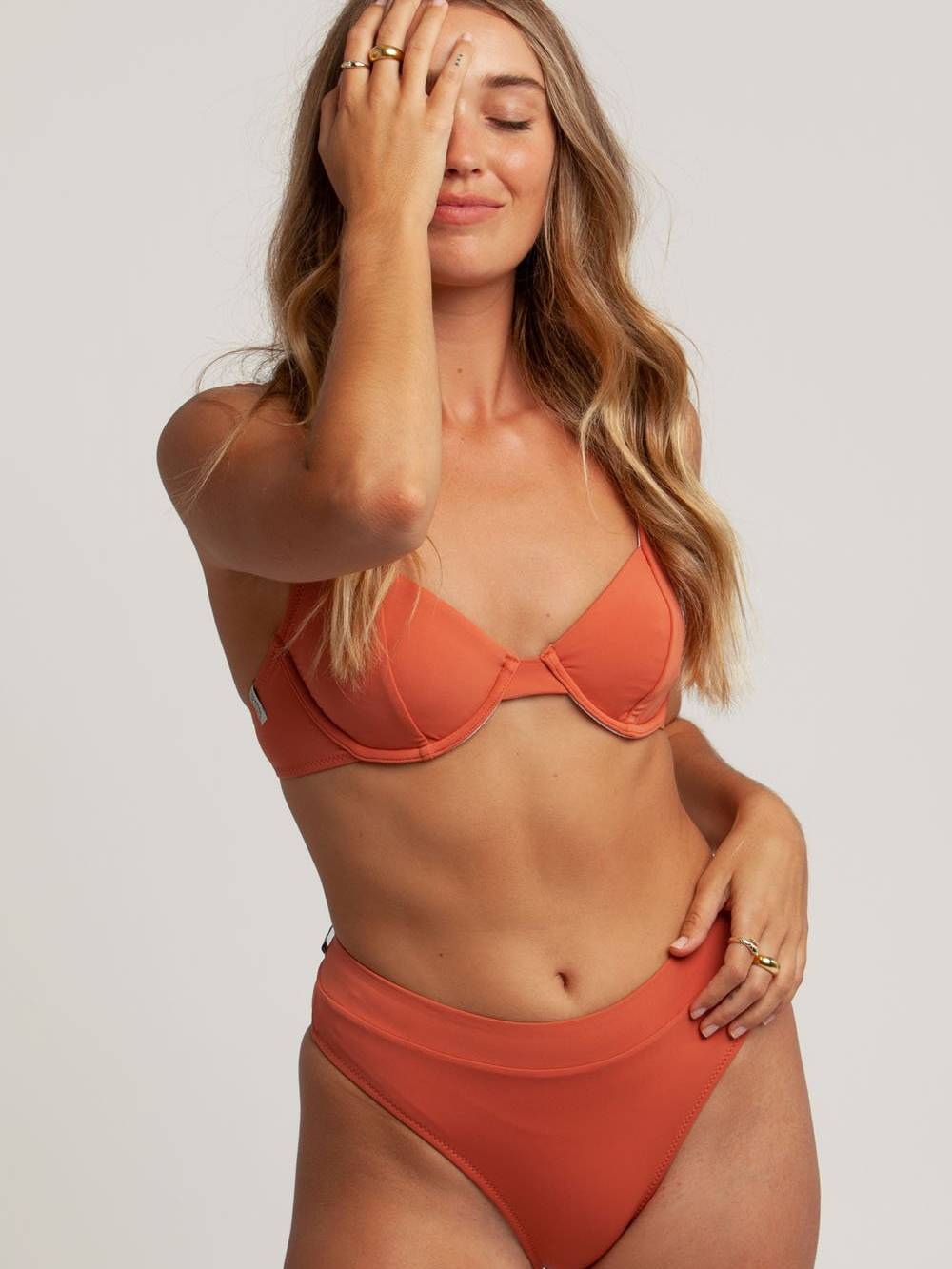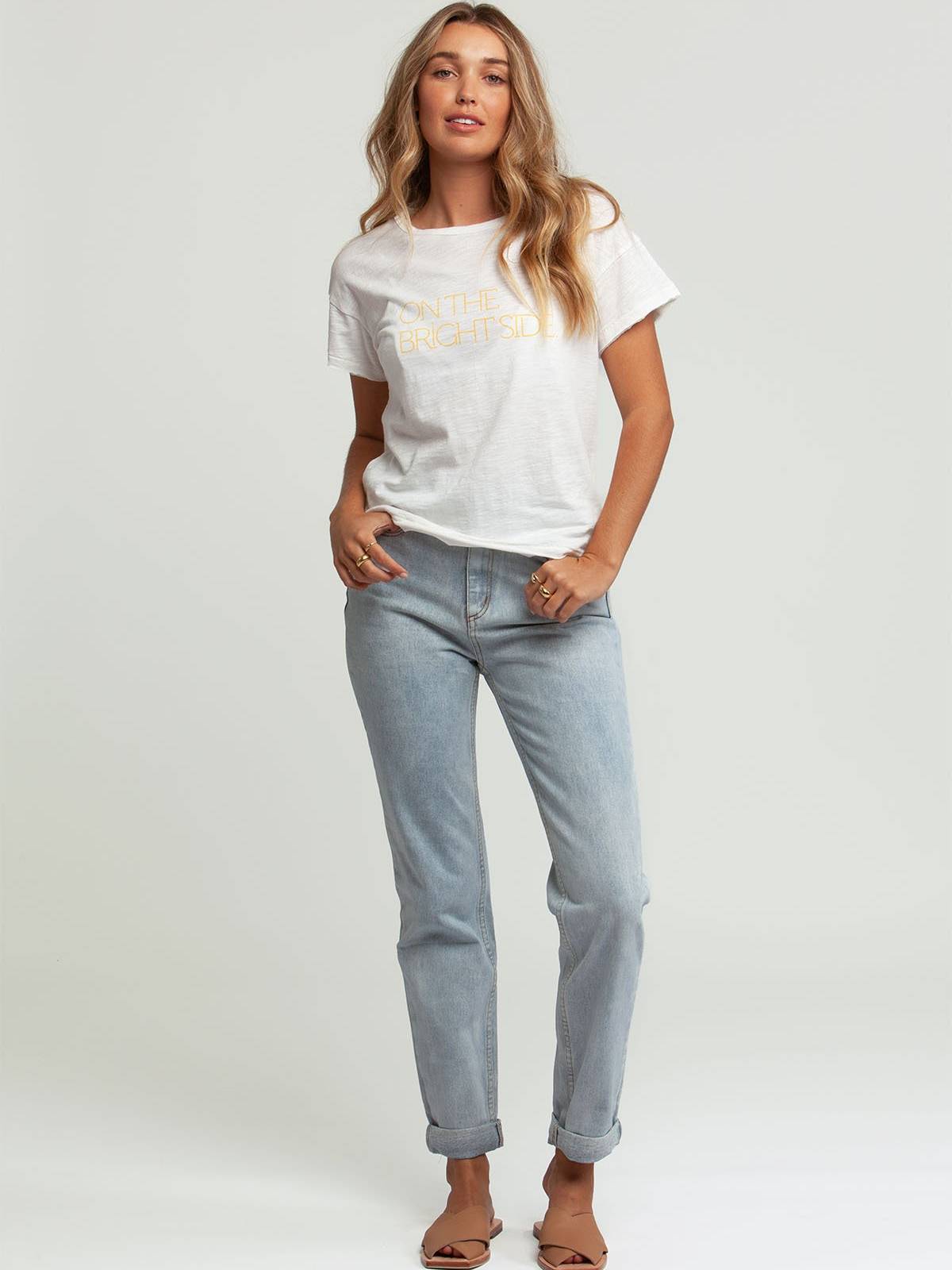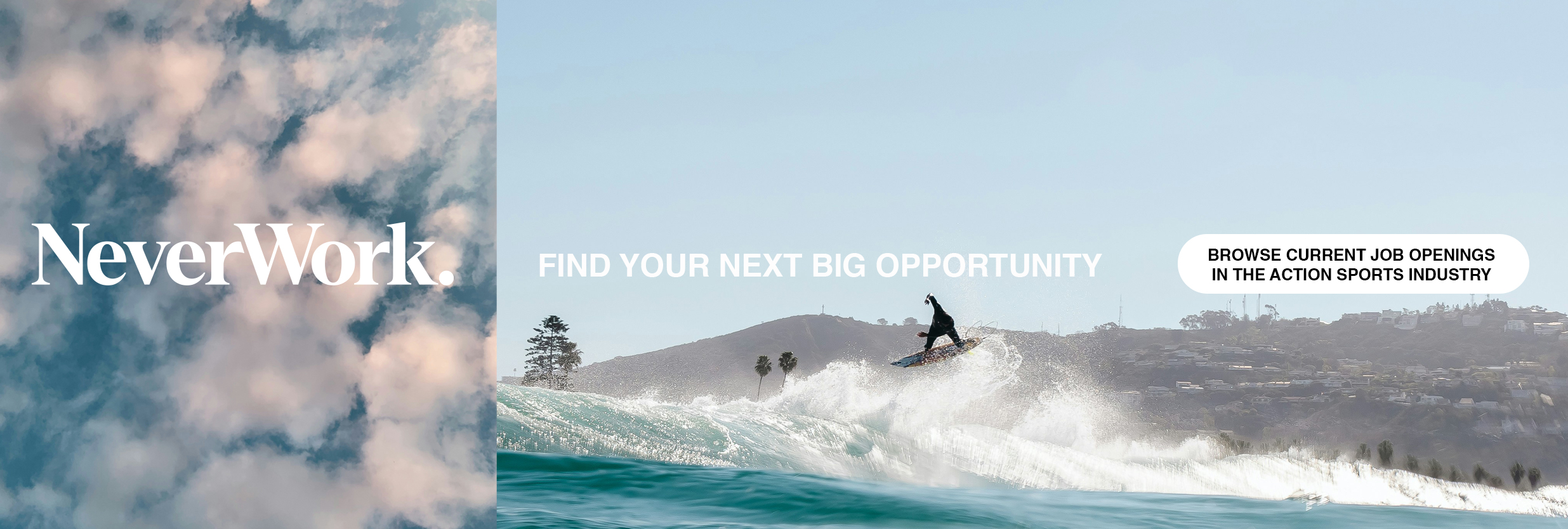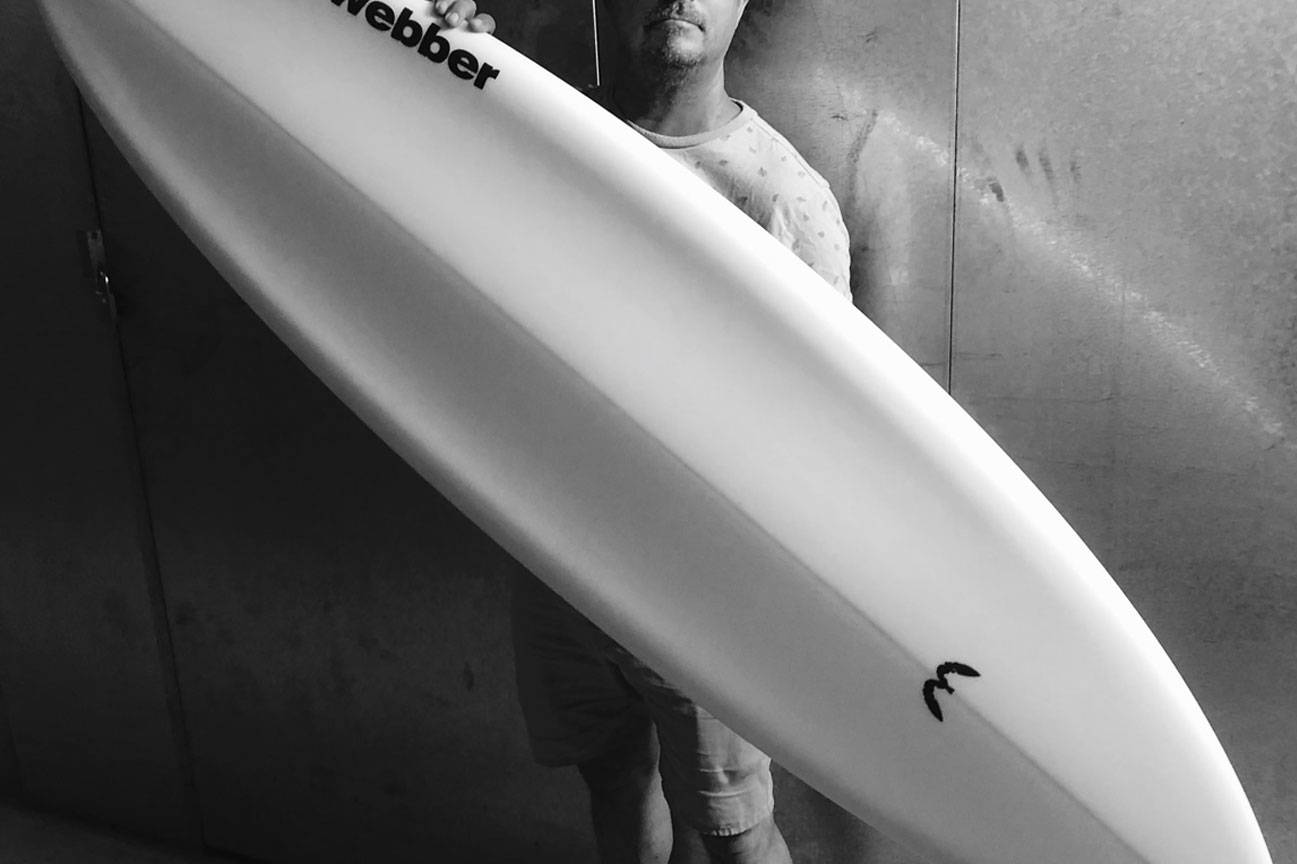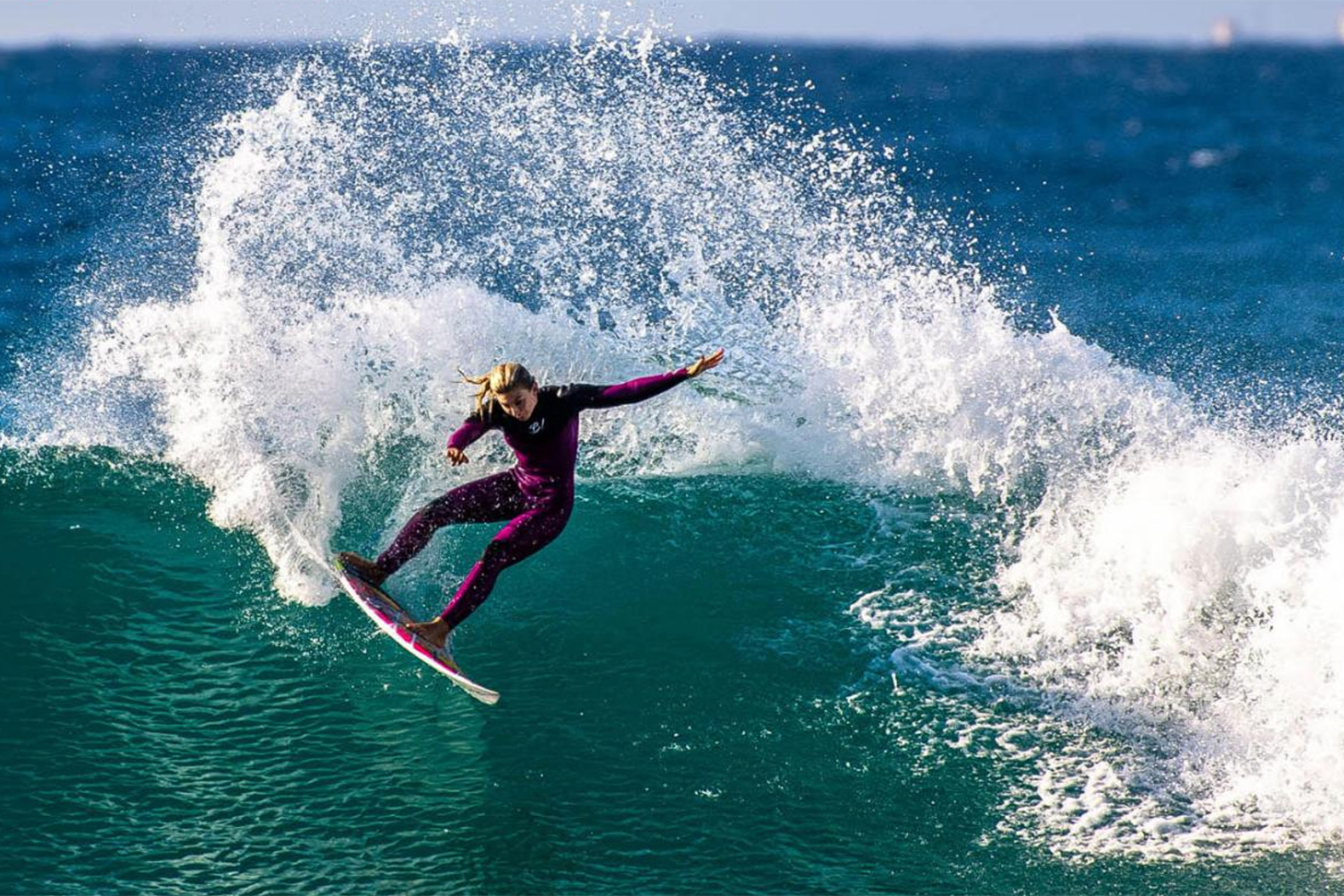Empire Ave: Covid 2020 has been a cruel mistress this year, while most of seem to be losing what are the wins Rhythm is getting?
Josh Barrett: 2020 doesn’t even feel like a year. Kind of feels like the year kicked off like any other year then people started seeing a new “5 letter, 2 number” word confusingly passed around the press and then all of a sudden, here we are… Companies going down, people not having jobs, brands and retailers a-like being hit any number of ways and then a disconnected timeline of recovery that see’s different continents recovering at different speeds and we are here trying to make sense of it. 2020 is tough.
For Rhythm, and I assume most brands, the silver lining to all of this has been the increase in ecommerce sales and the acceleration of digital into our wholesale business and the industry as a whole. There has also been a perspective change from a lot of retailers who now see opportunity in working closer to the market which has been a focus for Rhythm for over 3 years now.
EA: Who are you looking at, taking inspiration from, etc outside the surf world right now in terms of leading a business and adapting to the new world?
JB: Generally speaking we are looking out of industry to see which companies have been able to adapt and become leaders in their industries after that industry has been through radical change. I don’t want to sound too cliché but we certainly look to businesses that have embraced change and succeeded, not the ones who fought change and became redundant. Some examples are companies like Shopify and Afterpay who are great examples to use as motivation to prove that opportunity exists, even though those companies don’t directly have correlation to apparel or surf lifestyle.
Being innovative is key, I’m sure there is a lot people who wish they sold their Blockbuster shares in 2010 and put that money into Netflix or Facebook.
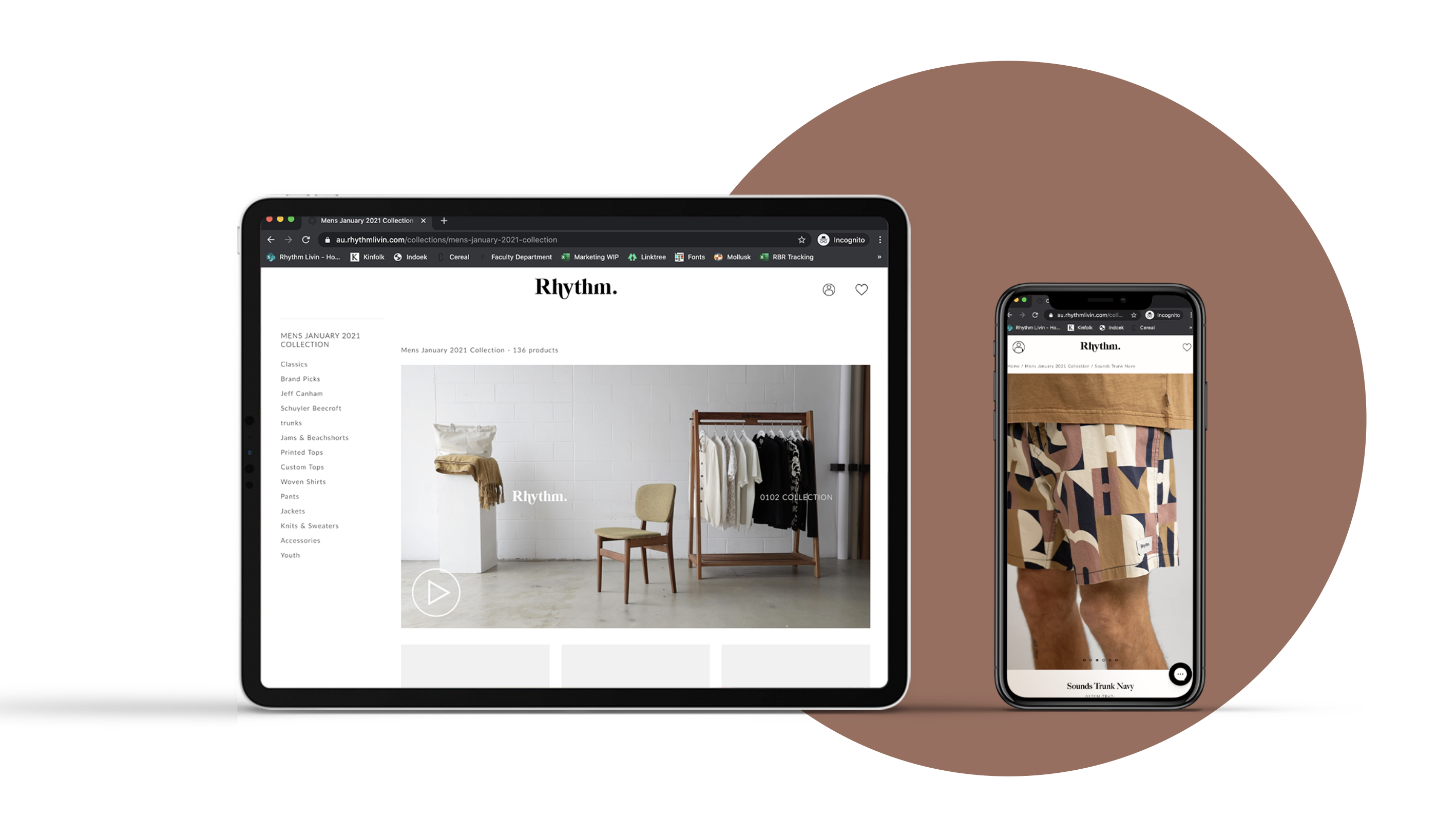
EA: Most brands that (still) run Wholesale programs already use a premium B2B platform like Brandscope, Nuorder or Joor, etc. What makes this program with Rhythm different/better??
JB: We are still using Brandscope in Australia and NuOrder in the USA. We haven’t eliminated these B2B platforms we have just created an intermediary platform on our own website that helps us showcase product in the way we want to showcase it, and one that we can interactively link to our digital catalogues so you can go from the catalogue image direct to a video of it walking on screen. We haven’t revolutionised anything here, we are just trying to create a platform that we can build on as we head down this digital path. NuOrder seem to be doing some great things in the USA with their virtual showroom so this is something I have definitely been keeping my eye on lately.
EA: While it is great Rhythm are moving from 50 to 55% margin, lots of brands are already at 55%. So the big win is??
JB:The industry is full of brands who give out margin hand over fist, but essentially just do this to fund end of season discounts.
I would agree that if all Rhythm was offering was an extra 5% margin that there’s very little to talk about, however, given we are offering an increased IMU and are looking to improve absolute margin at the same time (through our innovative approach to work closer to the market) we are one of the few companies (or only company) who is attacking the problem at both ends.
We don’t just have an indent collection, we can produce products in 30days and reduce inventory risk for our customers and ourselves to then come back and facilitate depth in styles that are working. If retailers work with Rhythm to fully utilise our supply chain capability I struggle to think of another brand who can offer what we offer. Big words, but I really do.
Success
We want to be a smarter and more conscious company
Success is growth and performance across all sectors. Brand, Retailers, Reps and Suppliers. Doing business with Rhythm should be something people aspire to because we deliver results and opportunity.
EA: What does the role of Rep play in this 2.0 approach to Wholesale?
JB: Rep’s need to align with a companies vision and add value to the company they represent. In essence anyone who makes money from a company is an employee of that company and has a responsibility or result to deliver on. The fact that they have their own agency doesn’t pardon the need to add value to the brand they are deriving an income from. As a market changes, so does that responsibility and role they have. In the “2.0 approach”, reps need to sell and service accounts, but they need to do it in a way that allows themselves, the brand and also the retailers to all be as efficient as possible and empowers everyone who works together with the best chance for their business to be successful.
If going digital for retailers and brands is a good thing, then its also a good thing for the rep as long as the rep is able to embrace this change and work with the companies new work flows. With the state of play today, there really isn’t any need for a rep to spend 6 hours driving from Sydney to Coffs Harbour to show a collection out the back of the car, when this can be handled in an equally or more efficient manner online and there can be an economic and environmental benefit to working this way. A rep needs to learn their customers business and ensure they buy the right product, they need to ensure the store is selling that product and that the brand always looks great in that store. A rep should still visit accounts and be the face of a brand, but it should be to help manage performance of a brand in store, not to fly around the nation trying to indent and force feed product to retailers without having taken the time to dive into the results of past seasons and to communicate what is good for the retailers. Ultimately, what’s good for the retailer is good for the brand and good for the rep. Its one chain that needs to work in harmony to deliver results for eveyrone in it.
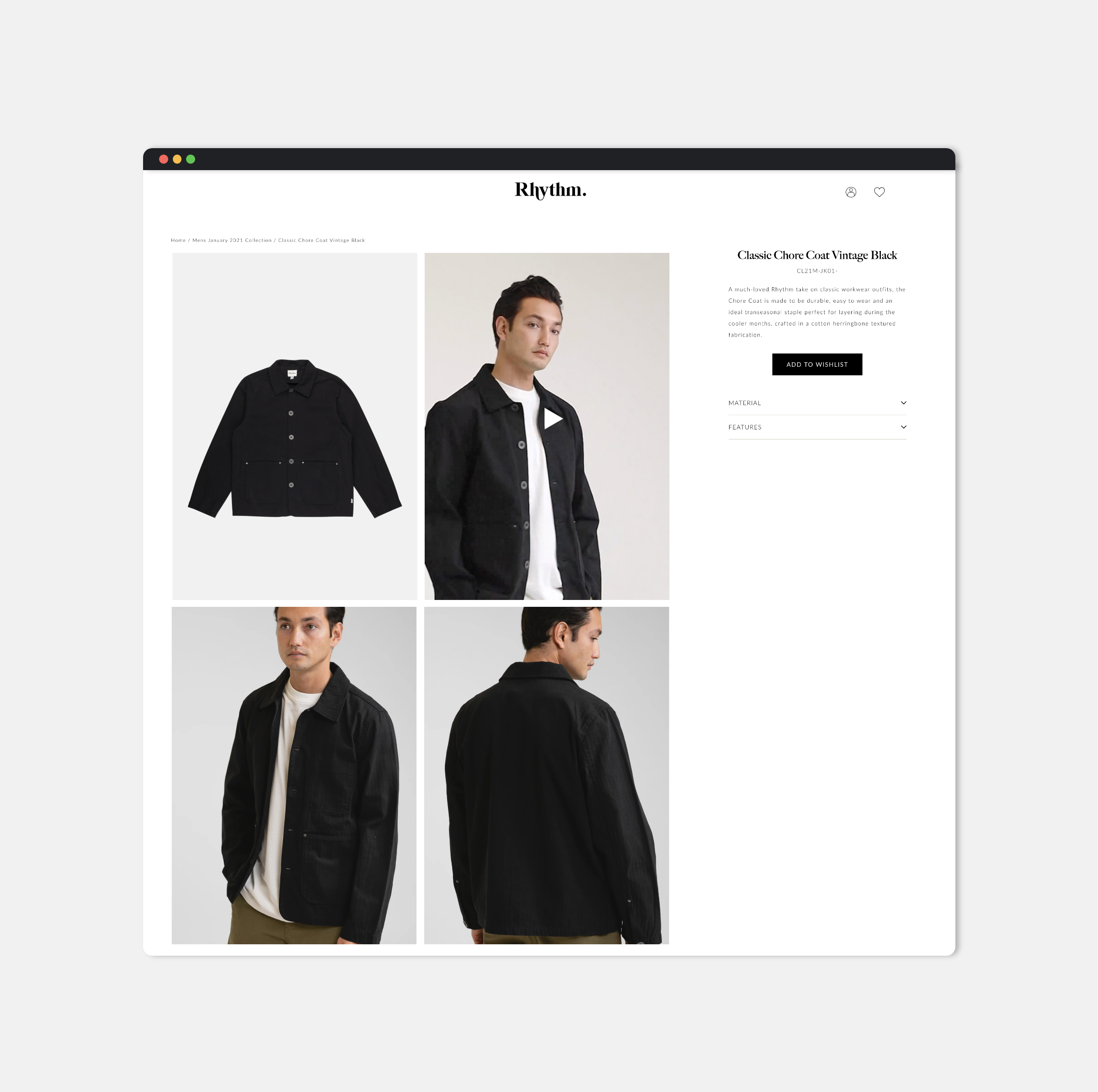
EA: Money wise you might save 25k a year on printing, which outside of adjusting your rep force, is the only main saving right?
JB: Samples don’t grow on trees, in a lot of ways they actually cut them down and empty a brands bank account. A company like Rhythm produces around 30-40 sample sets each season all of which cost around $6,000 – $10,000 USD a set. Multiply this by 4 seasons and some quick math has the sample cost alone climbing into 7 figures.
This doesn’t even start to consider the logistics costs, transport costs or the on-road cost a rep has every season to go and visit all accounts.
With that being said, the truth is right now Rhythm is incurring the cost here as we are in a hybrid stage where we are still sampling, still on road selling but trying to go digital. In the future when we have more participation and understand what the real savings are for the different people in the value chain its quite logical that we will make some adjustments that treat everyone fairly once we know how successful the strategy is for each related party. I just keep coming back to the concept that we all need to embrace change and adapt as the market does or understand no matter who you are, you will lose your relevance. This is where the risk lies for everyone, brand, retailer or rep, all of us.
EA: If you’re going to claim carbon footprint reductions how will you quantify that over time?
JB: I’m certainly no expert in quantifying the actual reduction as a number or percentage and we certainly are not claiming to be a fully sustainable company. We are a conscious company who knows that if we all do what we can to help the environment that it can only be positive. We have actively chosen to stay out of the marketing arena where all of a sudden people or brands are now claiming to be eco this or eco that, we have however, brought in similar sustainable change to our business through recycled fabrics and biodegradable packaging, we just feel this is something we should do as a company because we can, not because we want to build a marketing strategy on it.
With that being said, those 30-40 sample collections per quarter that cost us over a million dollars per annum, also fly from factories in different countries around the globe, to each respective sales territory or country to then find their way into the back of a sales reps car and make their way around nation 4 times a year. Sadly, where most samples end up is in boxes in the back corner of warehouses never to see the light of day, so most never even get worn. To me this is a costly and unsustainable business practice to continue and one that all companies need to change if we as an industry want to be more sustainable as a whole. This is just one piece of the puzzle and the tip of the iceberg on where we all need to move.
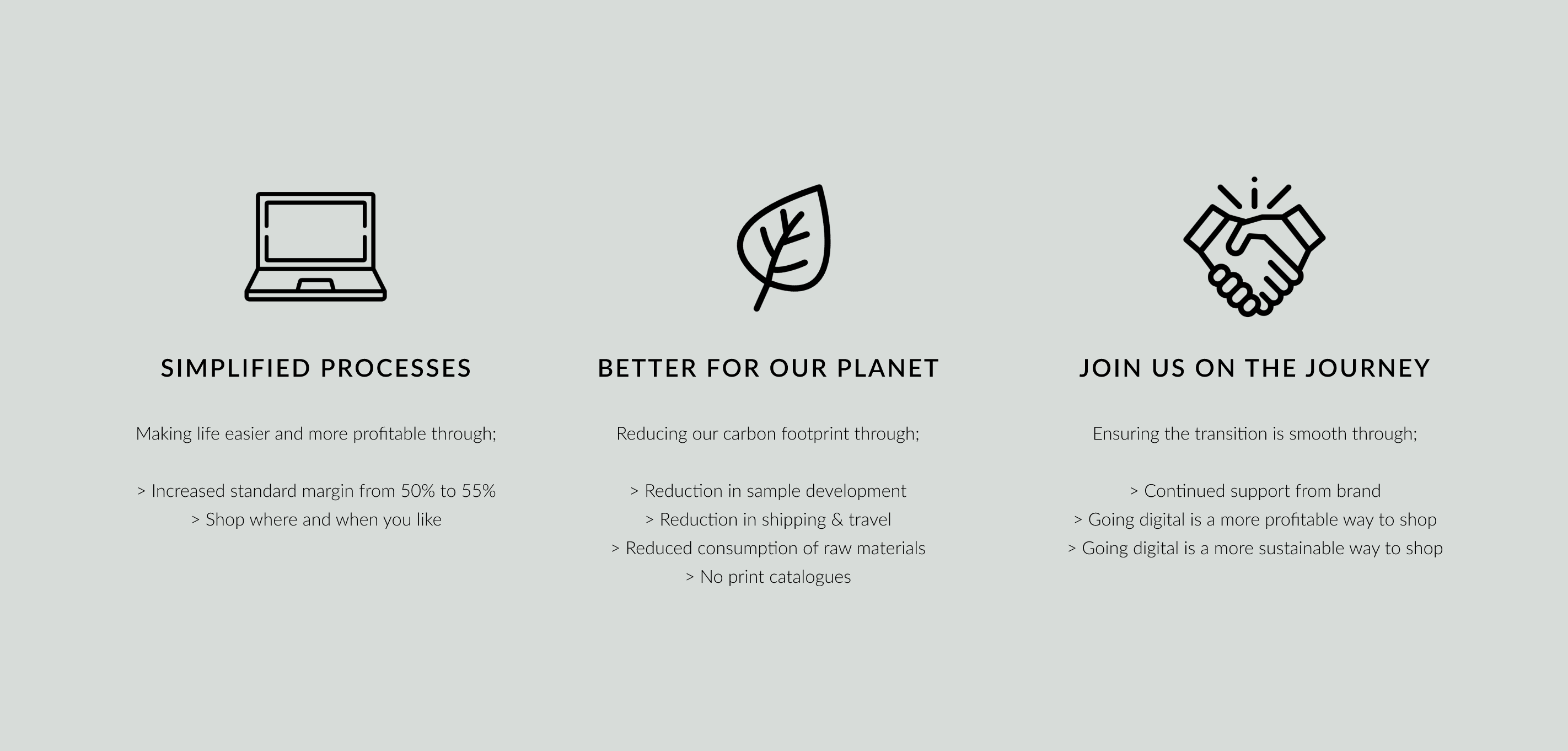
EA: How will the retailers experience seeing the range? Via Zoom? Via Reps?
JB: We intend to evolve the online experience over the coming seasons to a point where physically seeing samples has been proven unessential. Right now there is behavioural gap that will close where retailers are able to enjoy the same convenience that the end consumer has internationally embraced through online sales. Brick and Mortar market share has been lost online and currently it’s a loss without any coefficient gain. The reason the end consumer shops online is because its convenient, often cheaper and very very easy. It should be no different for wholesale and its time to fight fire with fire. Retailers around the globe should take use technology to make their businesses more robust. Reps should still work with their accounts, but as account managers, hopefully reviewing past results and helping retailers buy more of what they need, zoom is great when video is necessary, but never underestimate the value of the phone. If reps and retailers work more closely together to understand opportunity and then transact digitally it’s a very powerful place to be.
EA: Right now the dot com experience is built on Shopify, which seems to be working well for you guys. What’s the best thing about Shopify in your mind, as I know you’ve played across a few different ecommerce platforms…
JB: Functionality and efficiency. Shopify allows us in a cost effective way to take our products to the market in an elevated and premium way. To not drag any of the other companies over the coals, I wont say who we worked with in the past, but the experience with Shopify has by far been the most compelling and exciting way for us to take our brand and products to the digital market place.

EA: You’ve been at Rhythm a long time now, throw us an amazing moment and throw us a shit-can moment from the times…
JB: 16 years… almost doesn’t seem real!
Mate there are so many good times its really hard to just choose one. I don’t want to take anything away from the current team, but coming into this business as a basically a grommet and working with Jamahl to get the brand off the ground is a moment in time I’ll always cherish. When I started in the business we were probably turning over 200k so in the beginning just getting an appointment with Surf Dive and Ski or a major retailer felt like we’d just won the lottery. Moments like that seem important and keep you humble. We still have those moments today and the current Rhythm team are absolutely incredible at what they do, so it’s not a takeaway from today because what this article is about is a very amazing moment in time and while I lead the company, there are an amazing group of people who all play huge roles in why we are such a great brand internationally.
If its okay, I’m going to throw in two good ones and one bad one.
Another fun one was the last year ASR ran in San Diego. I somehow became best friends on the piss with the crew from 17th Street surf store and we somehow found ourselves driving a scissor lift on the top of the Hard Rock rooftop at 3am in the morning. The Scissor lift may have broken and we may have had to climb down and disappear into night.
A bad memory hey… I’m just going to go with 2020, we have had to let a bunch of great people go because of the whole COVID saga and it was the first time in brand history we had ever had to sit people down and deliver such bad news. Something I didn’t enjoy and hope doesn’t happen again, particularly for reasons outside of our control.
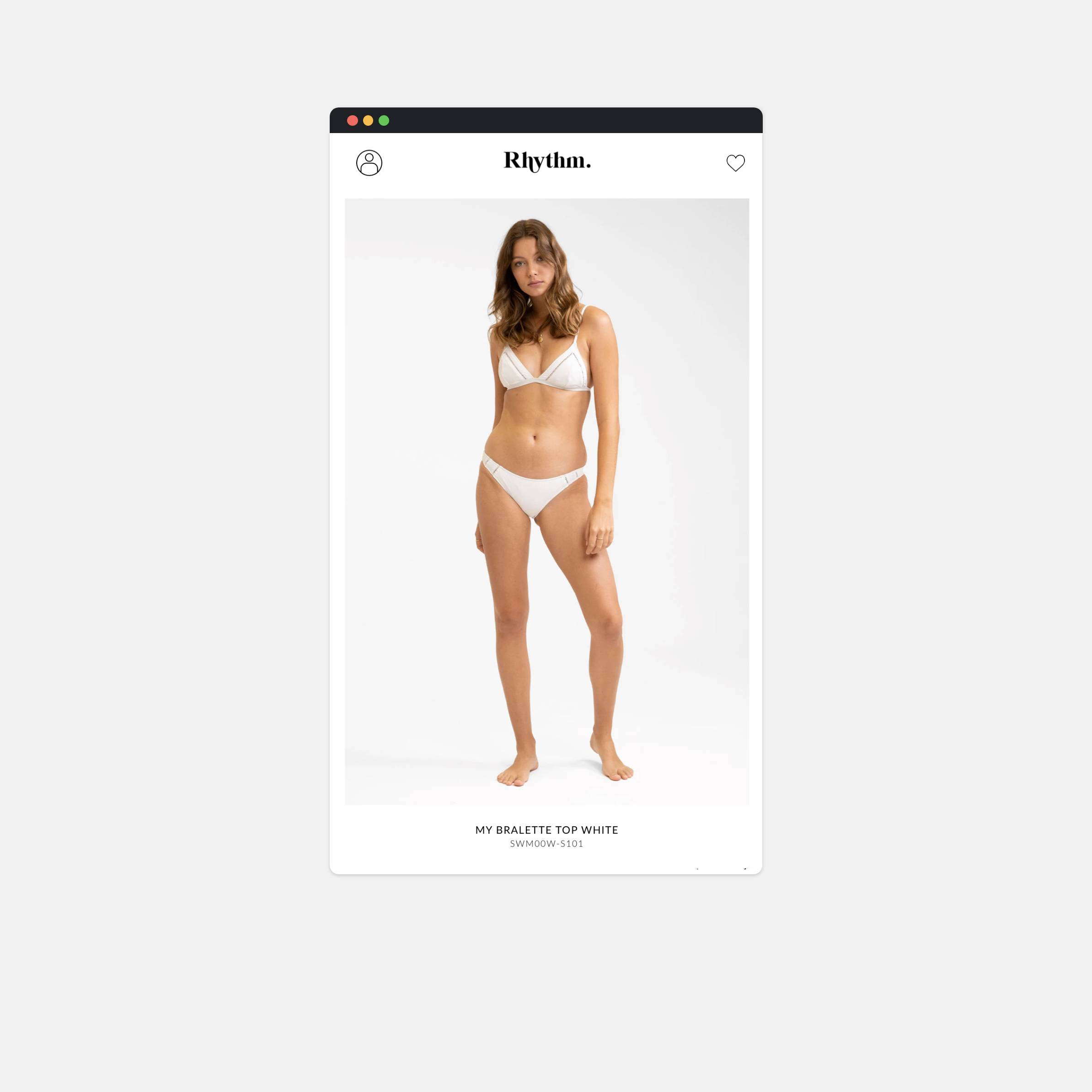
EA: And finally, what did your WSL Fantasy Team look like for Snapper, before the world went mad…?
JB: It looked nowhere near as good as yours, that’s for sure. In a lot of ways I’m just glad you haven’t won any money off me this year.
To actually answer the question, I actually hadn’t put it together yet, but I definitely would have been looking to guys that didn’t perform last year to their full potential to get them in cheap. I think guys like Ethan and Griffin are both going to be very impressive and use past experience to really step up whenever the tour is back. The lesson learnt from last year was too much chopping and changing, if I had of kept my snapper team all year I would have done a lot better than all the last minute executive changes I made based on forecasts or past results. Patience…. I need patience…
If you would like to read, explore, more our of interviews we’ve listed three below we’ve found popular or you can find yourself on the interviews page here.
Interviews:
– Ronnie Blakey, WSL Commentator.
– Tom Purbrick, Global Design Director at Quiksilver
– Sam Coombes, Founder of TCSS
Rhythm:
– Website
– Instagram
Josh Barrett:
– Linkedin
– Instagram

